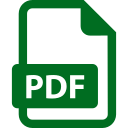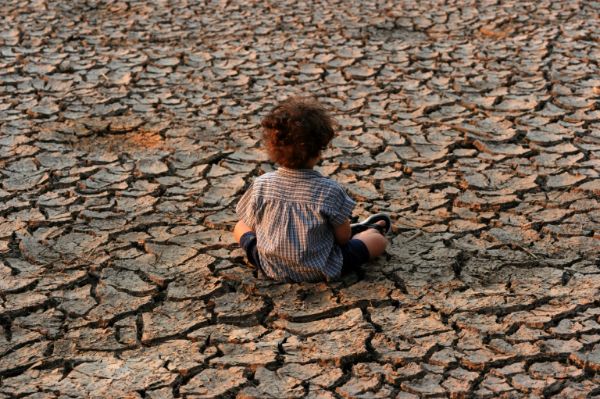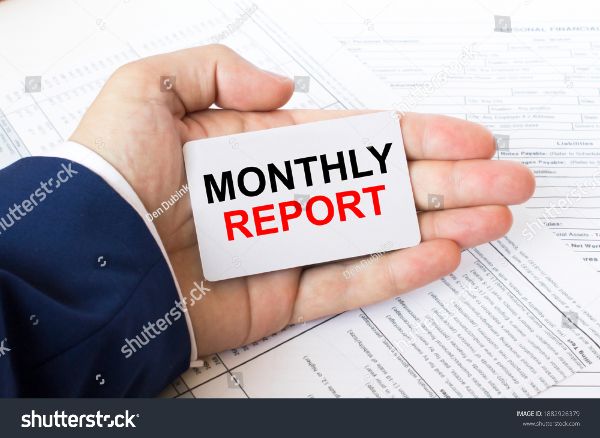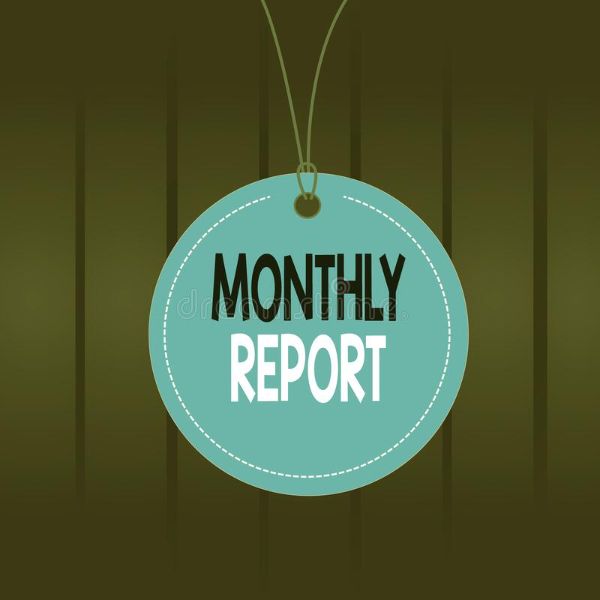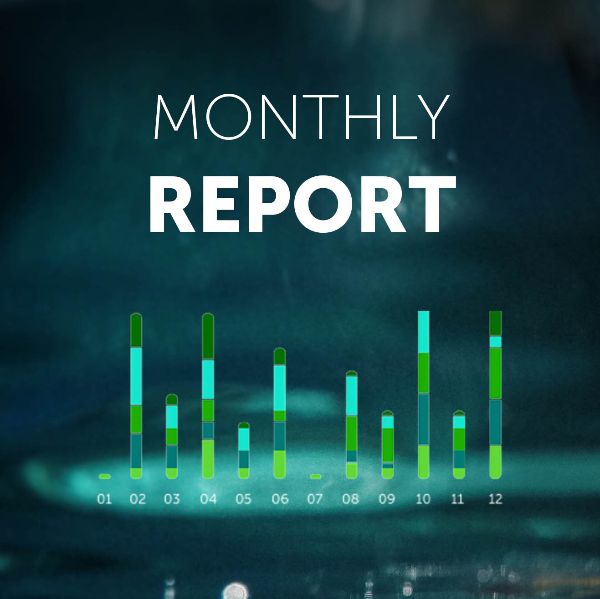DAYR لحالية نتيجة شح الامطار في فترة GU الممطر وقلة موسم الأمطار في فترة تقريرًا يكشف عن حالة الجفاف (NADFOR) في أواخر نوفمبر ، أصدرت الهيئة الوطنية للمكافحة الكوارث وتأمين الغذاء
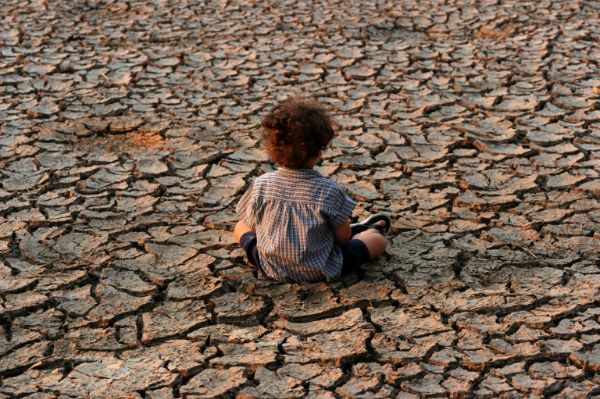
في أواخر نوفمبر ، أصدرت الهيئة الوطنية للمكافحة الكوارث وتأمين الغذاء )NADFOR( تقريرًا يكشف عن حالة الجفاف الحالية نتيجة شح الامطار في فترة GU الممطر وقلة موسم الأمطار في فترة DEYR ، مما أدى إلى انتشار حالة الجفاف في جميع أنحاء العالم .البلاد ، ولا سيما في المناطق الشرقية. لذا تم اجتماع الوزراء الـ 38 بمجلس الوزراء مع رئيس جمهورية صوماليلاند السيد/ موسى بيحي عبدي حيث تم تشكيل اللجنة الوطنية للجفاف) NDC( التي يرأسها نائب الرئيس .
أجرت اللجنة الوطنية للجفاف) NDC( تقييمًا سريعاً للجفاف في جميع المناطق في صوماليلاند في الفترة ما بين 91 إلى 89 ديسمبر 0209م ، وحددت أن هناك نقصًا حادًا في المياه والمراعي في المواقع / المناطق التي تم تقييمها في المناطق الشرقية )توغدير ، سول
، وسناج( وكذلك منطقة هوود التابعة لاقليم مروديج وبعض المناطق الساحلية ، في حين أن المناطق الساحلية وشبه الساحلية في منطقتي أودال والساحل ، لديها مياه كافية ولكنها تواجه نقصًا حادًا في المراعي والغذاء. للعلم هذا التقييم السريع تم إجراءه بتكليف من اللجنة الوطنية للجفاف) NDC( بالتعاون مع شركاء دوليين.
وذكر في التقييم السريع أن الجفاف يؤثر على 222,392 شخص حالياً يحتاجون إلى مساعدة فورية )المياه والغذاء والخدمات الصحية(. فإذا استمر الجفاف في الأشهر الأربعة المقبلة يتوقع التقرير أن يرتفع عدد السكان المتضررين من الجفاف إلى 91٪ ، مما يجعل 900220902 شخصًا متضررًا.

